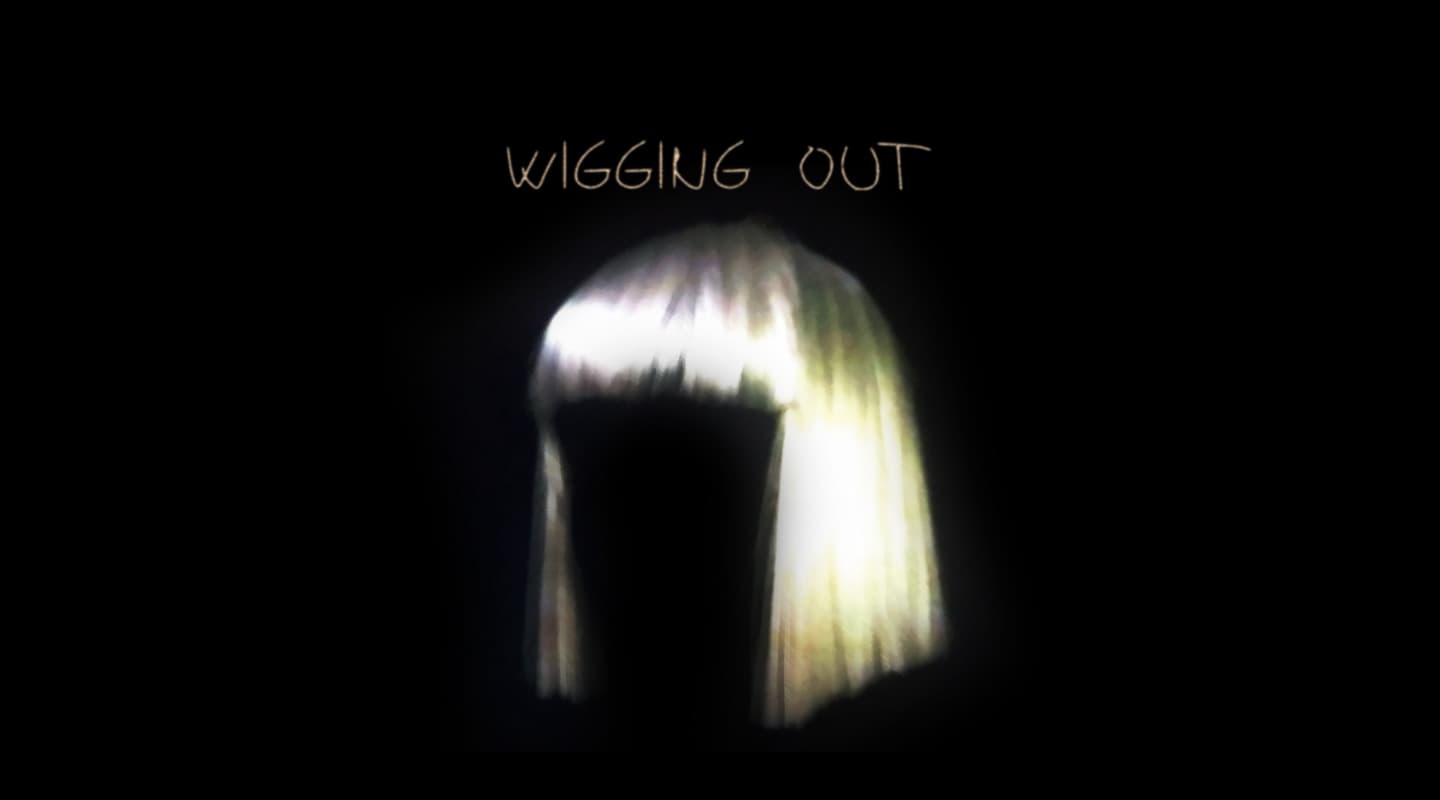
Wigging Out
The harder Sia tries to be anonymous, the more her talent is in demand. Luckily, producer Greg Kurstin has the chops to keep up.

Artist: Sia
Album: 1000 Forms of Fear
Photos: Lindsey Byrnes
“Sia comes in like a whirlwind,” says songwriter and producer Greg Kurstin, explaining what it’s like when the Adelaide songstress shows up at his studio in Los Angeles. “We tend to write at least a song a day, often more. She is a writing machine! Most of the time what we do is very spontaneous, and very fast. We both like to be decisive. She’s one of the fastest people I’ve ever worked with. She doesn’t only write very quickly, she also records really fast — often doing just one take — so you have to be sure you’re in record!”
Kurstin was speaking in the days leading up to the 57th Grammy Award ceremony, where Sia’s smash hit song Chandelier was nominated for a whopping four Grammies, including the prestigious Song of the Year and Record of the Year awards — the latter also includes a nomination for Kurstin, as the song’s producer and engineer.
The raw lyrics to Chandelier — 1, 2, 3, drink, Throw ‘em back, ’til I lose count — reflect that Sia’s current success has a triumphant ‘against all odds’ element. Over the years her career has been slowed down and nearly derailed by a number of personal issues; ranging from a schizophrenic father, a boyfriend’s death in 1997, extreme shyness, depression, alcohol and drug addiction, ill-health, sexual identity issues, stage fright and a general aversion to being famous. All this led her to come close to committing suicide in 2010, and today she often performs with her back to the audience, hiding her face — normally the focus of any pop singer’s brand — and pushing her trademark blonde wig forth as a symbolic replacement.
DIAMONDS & CHANDELIERS
In the mid 1990s, Sia Furler started her music career in the small Adelaide acid jazz scene, and she released her first, unsuccessful, solo album, OnlySee in 1997. A move to London in the early noughties led to her appearance as a featured singer with the UK trip-hop band Zero 7, and the release of a second solo album, Healing is Difficult, which spawned a top 10 UK single, and an APRA Breakthrough Songwriter Award win in 2002. Sia’s third album, Colour the Small One, was produced by Jimmy Hogarth (Suzanne Vega, Duffy) and features a song co-written with Beck Hansen. Sia relocated to the US in the mid-2000s, and her 2008 album, Some People Have Real Problems, again produced by Hogarth, featured a song written by her and Kurstin, Death By Chocolate. This latter collaboration, and the marginally elevated chart positions of the album, were signs of great things to come.
The birth of Sia, the mega-star, came with the release of her Kurstin-produced fifth album, We Are Born (2010), which did commercially far better than any of its predecessors, reaching No. 2 in Australia and No. 37 in the US, and was honoured with ARIA Music Awards for Best Pop Album and Best Independent Release. In 2011, two mega-hits she co-wrote and appeared on as a featured performer turned Sia into a household name: David Guetta’s Titanium, and Flo Rida’s Wild Ones. Sia also co-wrote Rihanna’s smash hit Diamonds, and in the last few years has had her ‘writing machine’ hands in several other worldwide hit singles by the likes of Christina Aguilera, Ne-Yo, Rita Ora, Celine Dion, Britney Spears, Pitbull and Jennifer Lopez. Sia even found time to act as the executive producer of Kylie Minogue’s album Kiss Me Once, released in March 2014.
Continuing this upward curve, Sia’s sixth solo album, 1000 Forms of Fear — referring to her own intimate acquaintance with fear — has enjoyed stratospheric success. Released in July of last year, it has been No. 1 in many countries around the world, including Australia and the US, and given rise to four hit singles, chief among them Chandelier, which has become one of the best-selling songs of 2014. A “whirlwind” is a fitting way of describing not only Sia’s presence in Kurstin’s studio, but also her chart performance during the first half of this decade.
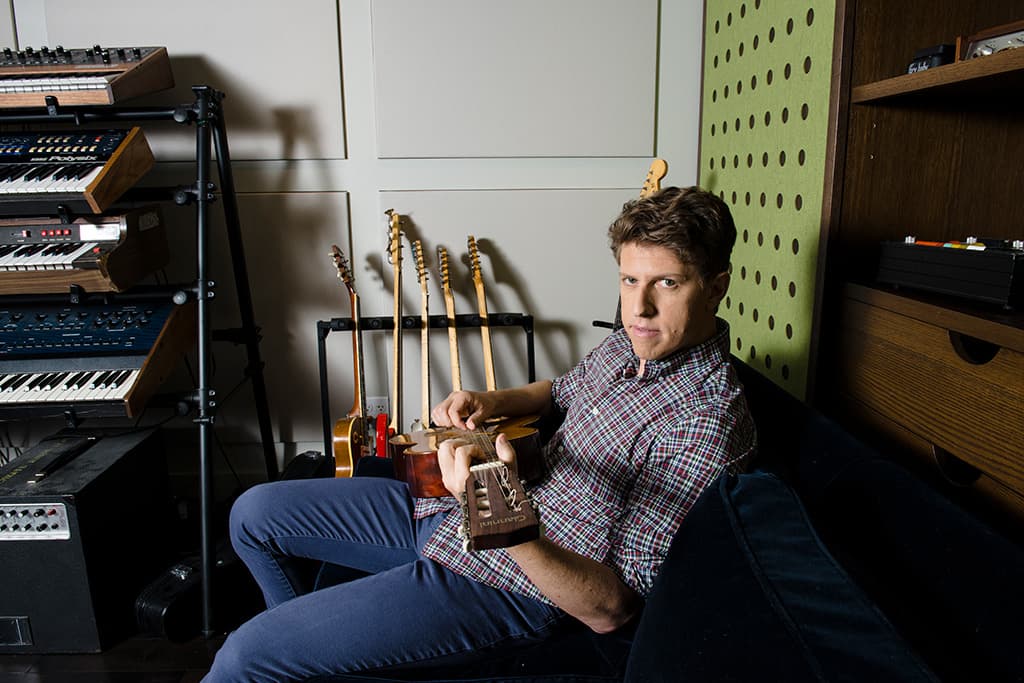
A HIT WITH THE LADIES
Greg Kurstin has a reputation as a star-maker, particularly with female vocalists, having masterminded the international breakthrough of Lily Allen, and co-writing and producing songs for the likes of Kelly Clarkson, Pink, Beyoncé, Ke$ha, Ellie Goulding, Lana del Rey, Lykke Li, and Katy Perry, as well as Santigold, Foster the People and Billy Idol. “I do also work with men!” Kurstin joked. “It just so happens that when you’ve had success with one artist, in my case Lily Allen, you get approached by record companies who say, ‘we have this female artist here,’ and want you do something similar again.”
For the 57th Grammy Awards, Kurstin received his second Producer of the Year award nomination (his first came in 2010), for hit songs and albums with seven of the above-mentioned female singers. Slightly idiosyncratically perhaps, given his current state as one of the world’s prime purveyors of pop, Kurstin has his roots in jazz music, playing piano and studying at the New School for Jazz and Contemporary Music in New York and the California School of Arts in LA. As part of the band Geggy Tah, Kurstin was signed in 1994 to David Byrne’s Luaka Bop label, and in the early 2000s he worked as a session and touring musician with the likes the Red Hot Chili Peppers, Flaming Lips, Beck, and others.
Apparently it was Kurstin and Sia’s joint connection with Beck that led to one thing, and then another, as the producer explained: “I first met Sia in 2003, when I was on tour with Beck, because she was friends with him. We started collaborating and writing songs together, but nothing ever happened with them. These songs just sat on my hard drive, until she recorded Death By Chocolate, which was the first public release of something we did together.”


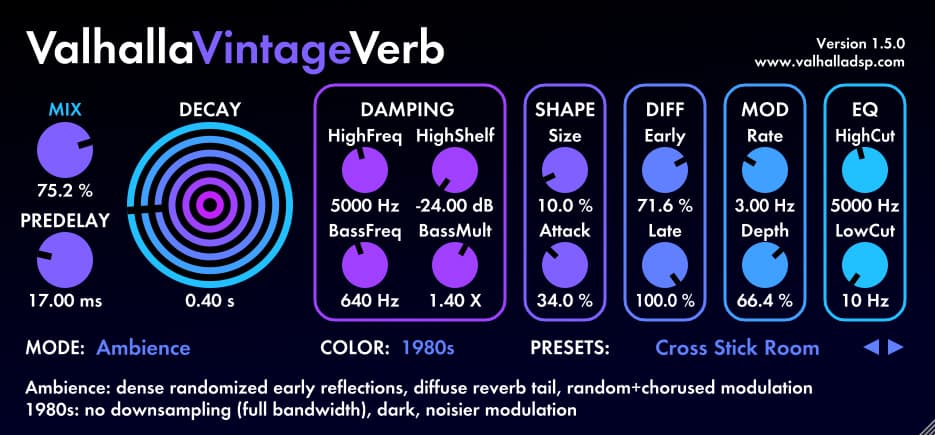
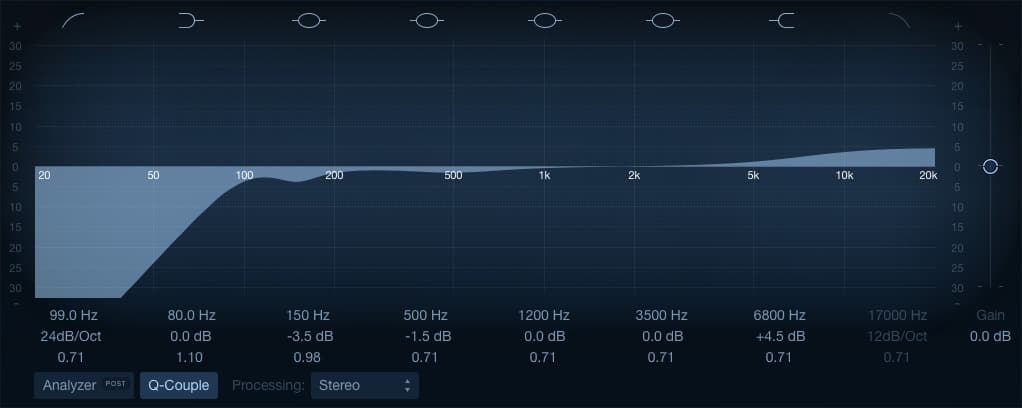
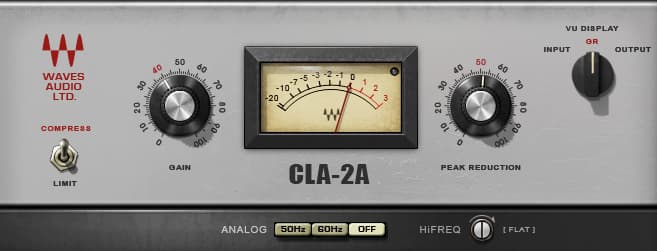

Chandelier was mixed by Manny Marroquin, but once Kurstin recorded Sia’s vocals through his Telefunken ELA M 251 into a Chandler TG2, through a Fairchild compressor and into the Apogee Symphony, they only needed minimal processing through a combination of Logic channel EQ, Waves’ CLA-2A compressor and the Lexicon Hall reverb. This was the same vocal chain that he used on his mix of Burn the Pages.
A STAR IS BORN
Two years later, Kurstin produced Sia’s We Are Born, which was described as “a massive pop leap: a sunshiny, highly caffeinated set of frothy dance tracks and feel-good lite-funk.” The producer and artist co-wrote five of the album’s 14 tracks — four others were co-written by Sia with Samuel Dixon, a UK producer and songwriter and Sia’s live bassist. Four years on, Sia and Kurstin worked together again on 1000 Forms of Fear, co-writing six of the album’s 12 tracks. Kurstin also produced nine tracks, co-produced the three others, played 95 percent of the instruments, engineered most of the album, and even mixed seven of the songs. We’ll come to Kurstin’s singular tour-de-force approach to production further on. First, the American traced the gestation process of the songs.
Kurstin: “Most of the time what Sia and I do is very spontaneous. She or I don’t really come in with a plan. I’ll usually sit at the piano, sometimes with a bass, and I’ll play a chord progression, and she’ll either ask me to change something, or will start singing a melody straight away. As I said, we both like to be decisive, so once we have a chord sequence and a melody we stick to it. We don’t really fuss over it too much. After that, we’ll both go to our computers. I’ll start building the song arrangement, playing or programming drums and then the rest of the arrangement and creating a vibe, working with headphones so as not to disturb her. Sia will be at her laptop, thinking of what the song is about and writing the lyrics. A lot of the time she will have recorded our initial attempts on her phone or computer, into a program like Garage Band or something, and she’ll listen to what we did and work with that.
“Sia mostly does the melodies and the lyrics, and I’ll stick to the chords, the arrangements, and the melodic parts the instruments like guitars and keyboards might play. It’s almost like a race to see who finishes first! She’ll write the lyric really quickly, she could finish a song in 10 minutes sometimes, and I want to be ready while she’s on fire. At other times, if we have settled on a chord progression, I may record that and loop it, and then play her the verse or chorus over and over again so she can try things out. Once we’ve written the song we’ll record it in a few hours, and sometimes that will end up as the finished version, maybe with a couple of fixes and additions later on.
“Burn The Pages is an example of a song we did that way. I think I was playing the right hand-pattern and the bass with my left-hand, and she came up with the melody very quickly and then immediately wrote the lyrics. The original version sounded pretty good, and we tried recording that song again ‘properly’ for the record, and even had Manny [Marroquin] mix it. Then later we went back and tried to match the demo, and ended up using a lot of the original demo parts. Cellophane came out of me using a delay plug-in on the bass to create some kind of pulsating, repetitive rhythm, and then I quickly jumped to the piano. That was one of the first songs we wrote for the record. When we wrote Fair Game, we didn’t think much of it. I contributed a little bit to the melody, but we threw it out after a day. But a week later she said, ‘you know that song we did the other day, let’s finish it.’ We thought that initial day was a waste, but it turned out to be one of our favourite songs.
“There are a few songs on the album that were written by Sia, myself and a third writer, and they all came together in a similar fashion: starting with a demo recording made by Sia and the third writer. Free The Animal started with a really cool synth-based track made by Jasper Leak, to which Sia and I wrote an additional section. I changed it into a little bit more of a guitar-based track, with the synth arpeggios played by a guitar. Fire Meets Gasoline was done by Sam [Dixon] and we changed some of the chords. It was similar with Dressed in Black — we added some new sections to Grant Michaels’ demo. We didn’t write additional sections for Chandelier, which was written by Sia and Jesse Shatkin. Jesse used to be my assistant engineer, and his track was really great so I wanted to keep all the elements, which consisted mainly of programmed drums and synths — it really had a vibe. I added some organic elements to the arrangement, like guitar and piano and real Mellotron, to make it fit better with the sound of the rest of the album. We also redid the vocals, because I thought it could be a single, and I wanted the vocals to be deeper and more present.”
Playing everything myself, it’s just faster for me. I know what I want to hear, and I know I can play what I hear
ONE MAN BAND
As intimated above, Greg Kurstin is the consummate DIY writer and producer. On 1000 Forms of Fear he played almost all the instruments on all 12 tracks, the only exceptions being Shatkin’s drums and keyboards on Chandelier, the main hook guitar on Hostage, which was played by The Strokes’ Nick Valensi, and the drums and some of the keyboards on the second biggest single from the album, Elastic Heart, which were programmed by co-producer Diplo. Kurstin’s instrumental credits include drums, bass, guitar, Mellotron, piano, xylophone, Chamberlin, as well as keyboards on a few tracks. The sound image of 1000 Forms of Fear is predominantly “organic”, as Kurstin calls it — ie. featuring mostly real instruments.
With Kurstin producing, engineering and mixing, his own Echo Studio really is a one-stop facility. While he occasionally travels to other places, he far prefers to work at his own facility, where he knows the equipment and instruments inside out. And having started out as a musician, Kurstin still considers himself an engineering dilettante, which is another reason he’s more comfortable working in his own environment.
Kurstin: “For a long time I didn’t really know what I was doing with respect to engineering, and as a result I did everything in-the-box in Logic. Over the years I have progressed a lot and my engineering skills are much better now. I’m still a Logic guy, and I use ProX, which I really like — I use the Track Stacks function a lot, and the general organisational aspect of it is really great. I don’t have a desk, everything goes into Logic via my two Apogee Symphony I/Os. I also have a lot of hardware now — mic pres, outboard, and speakers, like my Adam S3X-Vs.
“So I’m no longer 100 percent in Logic. I also have a drum kit here, bass and guitar amps, a piano, a Mellotron M400, a Chamberlin, and a whole bunch of hardware synths, including Moogs, ARPs, an Oberheim Matrix 12, Sequential Circuits Prophet 5, Vako Orcherstron, Roland Jupiter 4 and Juno 60. I could go on talking about them for days! But I didn’t use any of the outboard synths on the Sia record other than the Juno 60 on a few songs. Many of my favourite in-the-box sound sources are synths like U-He Zebra 2, Lennar Sylenth, Spectrasonics Trilian, and Vengeance Sound VPS Phalanx. And Logic’s EXS24 is my main sampler, which I use a lot for programmed drums.
Kurstin emphasised that all his instruments and microphones are “always plugged in and ready to record,” but when asked for details of his recording setup, his non-engineering background showed in the fact he couldn’t remember the names or model numbers of many of the pieces of kit in his studio. He ended up walking around his studio with the phone and a flashlight in his hands, explaining, “my drum mics consist of two Coles 4038s for overheads, Shure SM57s on the snare top and bottom, AKG D12 on the kick, and during the recordings of Sia’s record I had Sennheiser MD421s on the toms, but now I have AKG C414s — the old, silver ones.
“My mic pres are… let me walk to my rack and shine a light so I can have a look… I have API 500-series mic pres, and two Neve 1073LBs and my two overhead and two kick mics go through my four Helios Type 69s. The overheads then go through a Manley Vari Mu limiter/compressor, and I have another Altec 1567a mixer which I send my two snare mics through before they go through a Urei 1176. I also use a distant Beyerdynamic ribbon mic on the drums, which goes through a Standard Audio Level-Or, and an important part of the drum sound on Sia’s record came from an RCA 77 ribbon, placed just in front of the kick. On some of the songs it was the only drum mic I used!
“I played my red Hagstrom bass on the entire album — in fact, I use it on 99% of the records I do. Sometimes it’s just DI’d, at other times I use my Ampeg B15S amp, on which I have this weird CAD E200 microphone. It’s similar to a Neumann FET47, but very inexpensive and it sounds good. It goes through a Helios Type 69 and then into an 1176. For electric guitar I used my 1960s Fender Jazzmaster a lot, and sometimes my Vox Phantom, and occasionally my 1966 Fender Telecaster. My main guitar amp is a Fender Deluxe Reverb, and I record that with an SM57 and a Royer ribbon mic, going into my Altec 1567a, which submixes the two mics to one channel and then sends that through a Fairchild compressor. I record my piano with two AKG C414 mics, which go into two Chandler TG2 mic pres, and then into an Inward Connections Vac-Rac TSL4 tube limiter. I recorded Sia’s vocals with a Telefunken ELA M 251 — not a vintage one, but I’ve had it for a number of years — and that went through the TG2, into the Fairchild, and then the Apogee Symphony.”

Kurstin’s initial mix of Burn the Pages became the final mix. The self-declared engineering dilettante mixed entirely in-the-box in Logic Pro X. Purple tracks 26-30 show a live drum loop played in by Kurstin. He chopped the beat up because the heavy compression was making the hi-hat pop out. Tracks 67-68 show a white sweep noise Kurstin injected into the chorus, and the plug-in chain here is the patch for the pluck sound that ends the song (track 8).
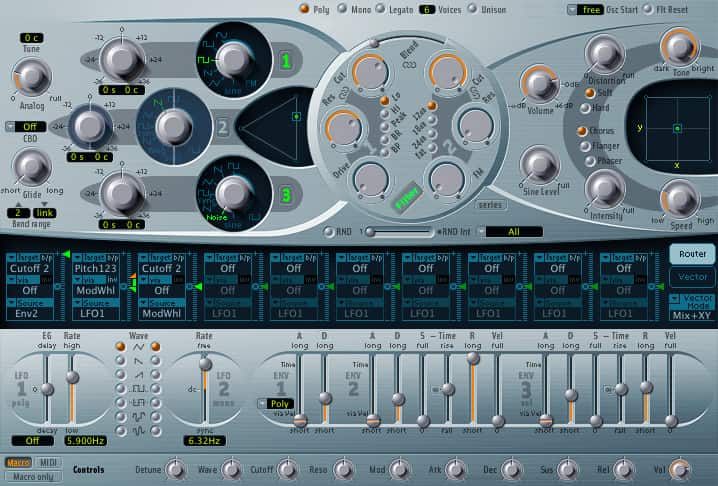


PLAY THE NUMBERS
While Kurstin’s one-man band act is extremely impressive, it does also raise some questions, like why he doesn’t occasionally get some other musicians in, just to mix things up? And also, how he manages to do so much of the engineering himself as well as playing. He laughed, “Well, because it’s easier for me this way! But I do work with two assistant engineers, Alex Pasco and Julian Burg, who help me out when necessary. When overdubbing I used to put things on loop record and then run into the recording room, but now Alex often helps me record my own parts. Also, I’m not keen on doing stuff like crossfading and other detailed work in Logic. I’d be very happy if I never have to do those things again! So my assistants do them for me.
“But with regards to me playing everything myself, it’s just faster for me. I know what I want to hear, and I know I can play what I hear. I hear a guitar part in my head, and I can just go and do it, so why get in another player? Plus I enjoy it. I’m a musician, and the thrill for me is to play. I suppose that’s the bottom line. Of course, I also enjoy playing with other musicians, and I love producing like that as well. I do that sometimes, getting in a bunch of musicians to record a track. But it’s just lots of fun for me to do it all myself. I grew up with four-track recorders and building up arrangements all by myself. It gives you that instant gratification.
“In addition, a lot of the time it’s just me and the artist in the room, and many artists like that. It means we can really concentrate and make quick progress. Plus, Sia really likes my drumming. I’m sometimes a bit hard on myself when I feel I can’t quite play what I have in my head, but she likes my basic approach; just pounding the kick and the snare, and sometimes not even playing the hi-hat very much.”
Kurstin’s talents also extend to top-level mixing. While he often uses the services of star mixers like Manny Marroquin and Serban Ghenea, he also mixes many of the songs he produces, including a fair number of hit singles. In the case of 1000 Forms of Fear, however, all the album’s singles so far released, including Chandelier and Elastic Heart, were mixed by Marroquin. Kurstin’s Logic screen shots of Chandelier show 70-odd tracks, which are a mixture of tracks from Shatkin’s original demo and Kurstin’s overdubs. “Jesse’s stuff is everywhere,” explained Kurstin, “like the ‘snap’ and ‘trap’ and ‘tap’ drum tracks at the top, and below that the ‘basses print’ and ‘perc’ and ‘bells’ tracks are his as well.
“All the ‘pizz’ and ‘string’ tracks are also Jesse’s, probably from the ESX24 sampler — he uses Logic too — and I sent them out again to a guitar amp to add a bit of grit and make them sound dirtier. The pink tracks in the middle are me playing low notes on a Les Paul electric guitar. There are quite a few muted tracks, which would have come from Jesse’s session. I replayed them on piano and other instruments to get the song to sound in line with the rest of the album. The vocals are at the bottom, below the ‘pre wavy synth’ track — they’re all the tracks with numbers in them. Just outside of the screen shot is the big reverb snare track you hear when she sings ‘1-2-3’, which has nine plug-ins for my rough mix, including a Lexicon reverb plate plug-in, another plate and several EQs. Manny then did a mix which added another dimension. I love that he keeps the energy and vibe of my demo mixes, and then manages to make them sound wider, and punchier and more 3D.”
BURN THE PAST
Sometimes mixes go through a cycle of variations before coming full circle. In the case of Burn The Pages, the song had a number of incarnations, one of them mixed by Marroquin, before the decision was made to go back to an earlier version. “When I mix, whether it’s a rough or a final mix,” said Kurstin. “I work entirely in the box, using a mixture of Logic and non-Logic plug-ins. I do the best I can, but I don’t really think of my mixes as finished mixes. Though sometimes a mix falls into place, and we have a case of demo-itis and it becomes everyone’s preferred version. That happened with Burn The Pages. The managers really loved the first mix Sia and I had done. So we went back to it in the end, adding a few things, but overall trying to change as little as possible.
“The first version of Burn The Pages had a synth bass sound Sia didn’t like, because it sounded too electronic, so I tried to recreate it with a piano to give the low end more weight. There’s still a Juno 60 bass in the track. The five purple tracks, No. 26-30, are a live drum loop played by me. I compressed it strongly and the hi-hat sometimes popped out, so I chopped the beat up, instead of automating the hi-hat. There’s also a white noise sweep in the chorus, on Tracks 67-68. A bit below that are the vocals, ‘Old Vox,’ which are cleaned up overdubs. There were some timing issues with ‘t’ and ‘s’ sounds, so we locked them in a bit more. In my final mix, the lead vocals had a channel EQ, Waves CLA-2A, and a Lexicon Hall on it.”
Sometimes dredging up the past can be difficult, but like a song that’s been hanging around too long, the release can be cathartic. By ‘burning the pages’ of many aspects of her past on 1000 Forms of Fear, Sia looks set to whip through the years to come like a whirlwind.



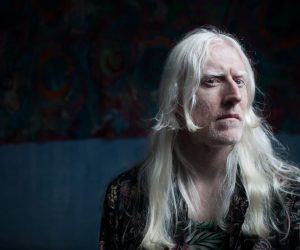












[…] by nixygirl [link] […]
Greg is an amazing artist and a great producer. It is great that he can play all the instruments and they are able to make amazing music so quickly. Thanks for writing this article and sharing.
Still to this day the best technical itw about Greg’s workflow… Technical Informations about him are so scarce
Thanks once again PAUL TINGEN